Spice Chronicles: Africa's Flavorful Food Traditions That’ll Make Your Taste Buds Dance!
Africa isn’t just a continent of stunning landscapes and rich cultures—it’s also home to some of the most vibrant, diverse, and aromatic food traditions on Earth. From the fiery heat of West African pepper soups to the warm, earthy spices of North African tagines, each region brings its own flavor signature that tells a story of history, trade, and tradition.
In this article, we'll take you on a flavorful journey across the continent, explore iconic spice blends, and share pro tips from seasoned chefs and spice lovers alike. So grab your apron (and maybe a fan for those chili moments), and let’s dive into the delicious world of African cuisine!
Table of Contents
- West Africa: The Heartbeat of Bold Flavors
- North Africa: Where Spice Meets Sophistication
- East Africa: Coastal Comforts & Curry Influences
- Central & Southern Africa: Simplicity Meets Soul
- Africa’s Most Famous Spice Blends: A Comparison Table
- Pro Tips for Cooking with African Spices
- Conclusion: Spice Up Your Life with African Flavors
West Africa: The Heartbeat of Bold Flavors
West Africa is where spices go bold—or go home! This region is famous for its rich, deep flavors, often achieved through a mix of local ingredients like dried fish, groundnuts, and a powerhouse of spices such as:
- Grains of Paradise: A peppery cousin of ginger and cardamom, used to season everything from soups to grilled meats.
- Cray Cray (also known as alligator pepper): Adds a sharp, bitter kick, often sprinkled on yam porridge or used in ceremonial dishes.
- Tatale Spice Mix: A unique blend including salt, onion powder, chili, and sometimes even cray cray—perfect for seasoning plantain fritters.
Must-Try Dish: Pepper Soup
This Nigerian classic is not for the faint of heart. Made with bush meat, goat, or fish and spiked with scotch bonnet peppers, it’s served steaming hot in calabash bowls, perfect for clearing sinuses—and warming the soul.
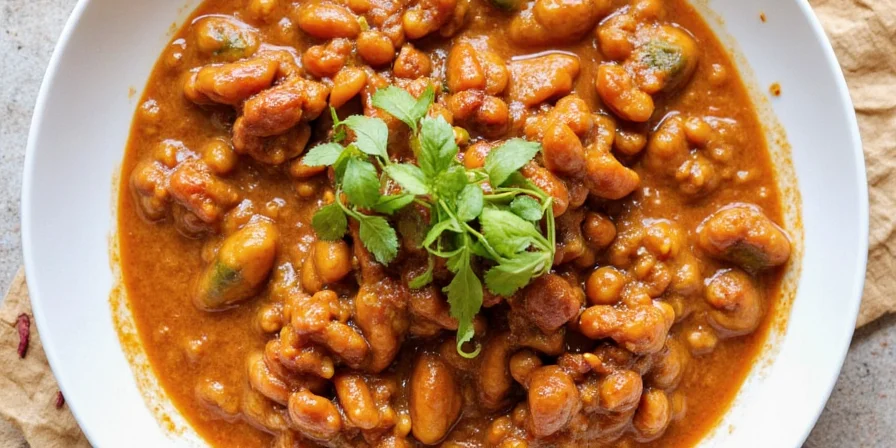
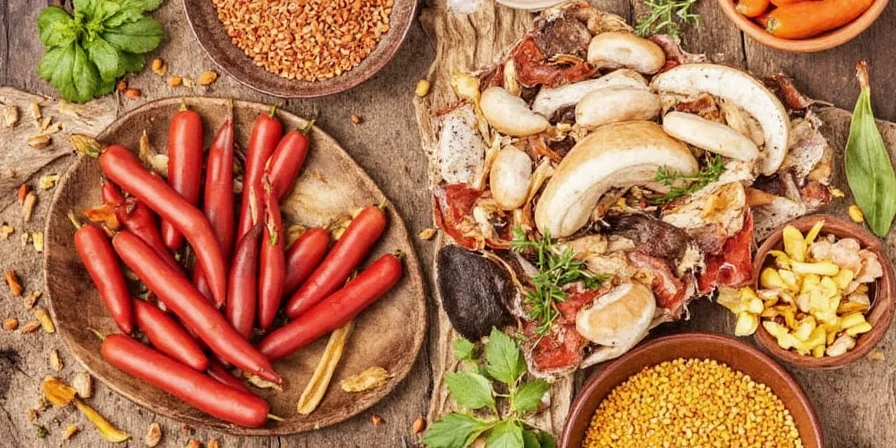
North Africa: Where Spice Meets Sophistication
If West Africa is loud and spicy, North Africa is the refined elder who knows exactly how much to use and when. Countries like Morocco, Tunisia, Algeria, and Libya bring us sophisticated spice blends like Ras el Hanout and the legendary Berber influences.
- Ras el Hanout: Literally meaning “top of the shop,” this Moroccan super-spice can contain up to 30 different spices. Used in slow-cooked stews and couscous dishes.
- Harissa: Tunisia’s pride—a smoky, fiery paste made from roasted red peppers, garlic, and spices like caraway and coriander. Perfect for drizzling over bread or spicing up lamb.
- Preserved Lemon & Cumin: A staple duo in Moroccan tagine cooking. The briny zest of preserved lemons combined with earthy cumin creates magic on a plate.
Must-Try Dish: Chicken Tagine with Preserved Lemons & Olives
This Moroccan classic balances sweet, salty, and savory beautifully. Slow-cooked chicken infused with saffron, olives, turmeric, and preserved lemon makes this dish a culinary symphony.
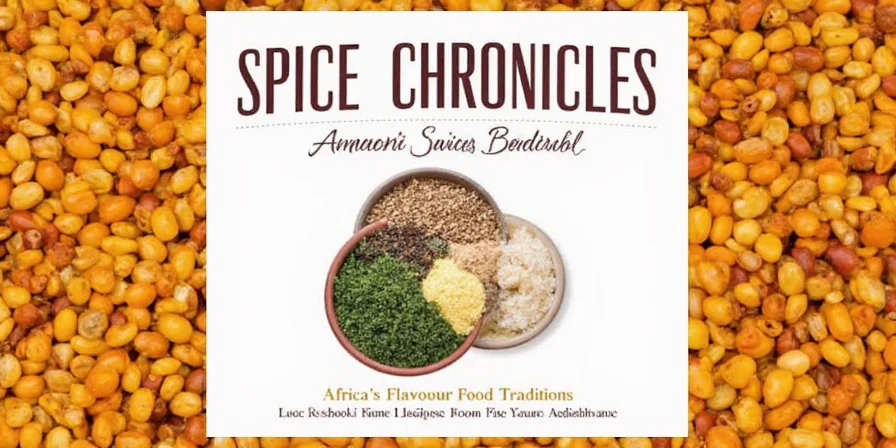
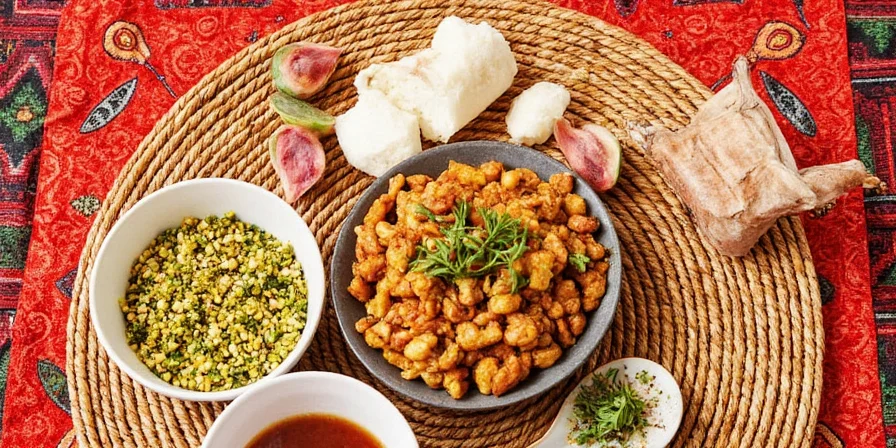
East Africa: Coastal Comforts & Curry Influences
Thanks to centuries of trade with India, Arabia, and the Middle East, East African cuisine—particularly in countries like Kenya, Tanzania, and Somalia—is packed with curry power, coconut richness, and fragrant rice dishes.
- Garam Masala: The Indian influence shines bright here, used liberally in pilau and biryani-style dishes.
- Zanzibar Mix: Also known as “Pilau Masala,” this coastal blend includes cinnamon, cardamom, cloves, nutmeg, and black pepper. It gives Zanzibar biryani its unforgettable aroma.
- Piri-Piri Chili: Popular in Mozambique and spreading northward, this tangy-hot sauce is made with bird’s eye chilies, garlic, vinegar, and citrus.
Must-Try Dish: Pilau ya Kuku (Spiced Chicken Pilau)
A celebration staple in East Africa, this one-pot wonder uses whole spices simmered with chicken and rice until every grain is bursting with flavor.
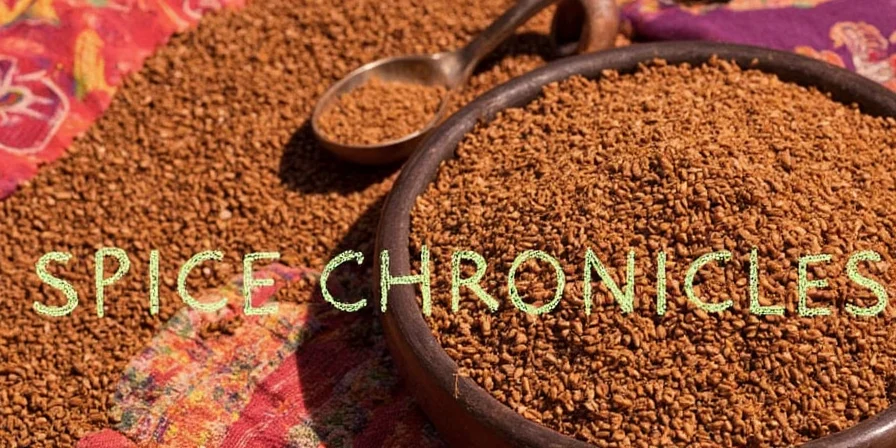
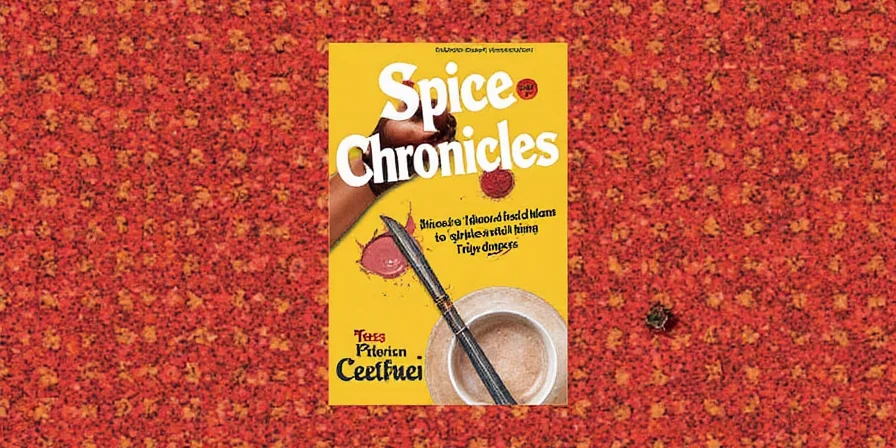
Central & Southern Africa: Simplicity Meets Soul
Cooking in Central and Southern Africa leans toward simpler preparations but don’t be fooled—these are comfort foods with serious depth. Staples like maize meal, cassava, and beans are often elevated with just a few well-placed spices.
- Paprika: Often used to color and flavor sauces, especially in South African stews like bredie.
- Sadza & Chili Relish: In Zimbabwe and Malawi, sadza (maize porridge) is often paired with a spicy relish made from tomatoes, onions, and green chilies.
- Bobotie Seasoning: A South African Cape Malay dish that combines curry powder, turmeric, and chutney-inspired flavors with minced meat and baked eggs on top.
Must-Try Dish: Bobotie
A fusion masterpiece from South Africa, Bobotie layers spiced mince with a custard topping. The result? A savory, aromatic dish that feels both nostalgic and exotic.
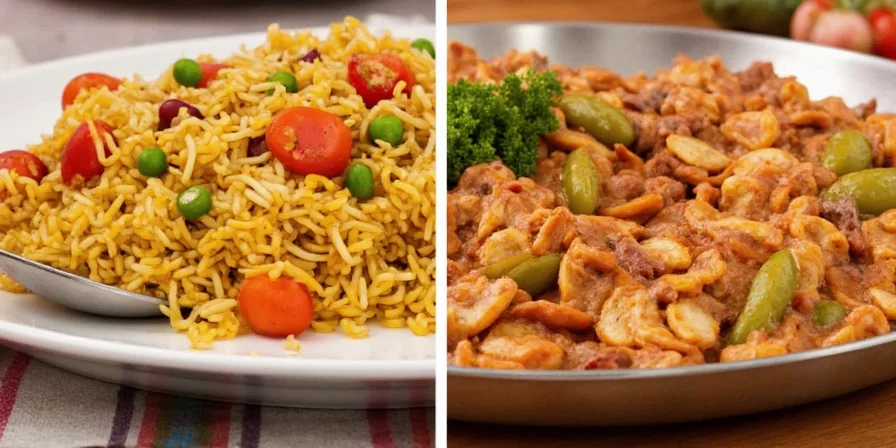
Africa’s Most Famous Spice Blends: A Comparison Table
| Spice Blend | Region | Main Ingredients | Typical Use |
|---|---|---|---|
| Ras el Hanout | Morocco | Cumin, cinnamon, clove, coriander, nutmeg, paprika, and up to 30 more | Tagines, stews, couscous |
| Harissa | Tunisia | Red chili peppers, garlic, olive oil, coriander, caraway | Marinades, dips, spreads |
| Zanzibar/Pilau Masala | Kenya/Tanzania | Cinnamon, cardamom, cloves, nutmeg, black pepper | Chicken pilau, biryanis |
| Tatale Spice Mix | Nigeria/Ghana | Onion powder, chili, salt, cray cray | Plantain fritters, stews |
| Bobotie Seasoning | South Africa | Curry powder, turmeric, chutney, bay leaf | Meat pies, baked dishes |
Pro Tips for Cooking with African Spices
Whether you’re new to these flavors or looking to deepen your kitchen game, here are some tried-and-true tips from seasoned African spice users:
- Toast Whole Spices First: For deeper, more complex flavors, toast whole seeds like cumin or coriander in a dry pan before grinding them. Smells will change—that’s a good sign!
- Use Fresh Chilies When Possible: Dried chilies have their place, but fresh ones like scotch bonnet or habanero give a cleaner, brighter heat that elevates soups and stews.
- Don’t Skip the Fat!: Many spices need oil to release their full potential. Sauté your aromatics and spices in oil first to unlock the flavor bombs within.
- Burn Some Bay Leaves: In some regions, burning bay leaves before adding them to a dish releases essential oils and infuses the food with extra aroma. Try it with a pilau dish!
- Make Ahead Spice Blends: Prepare larger batches of popular mixes like ras el hanout or tatale and store them in airtight jars. Trust us—you’ll be glad you did next time you're craving that quick burst of flavor.
- Balance Is Key: Especially in dishes with many spices, balance sweetness, saltiness, heat, and acidity. Don’t forget a squeeze of lime or a splash of vinegar to cut through heavy spices.
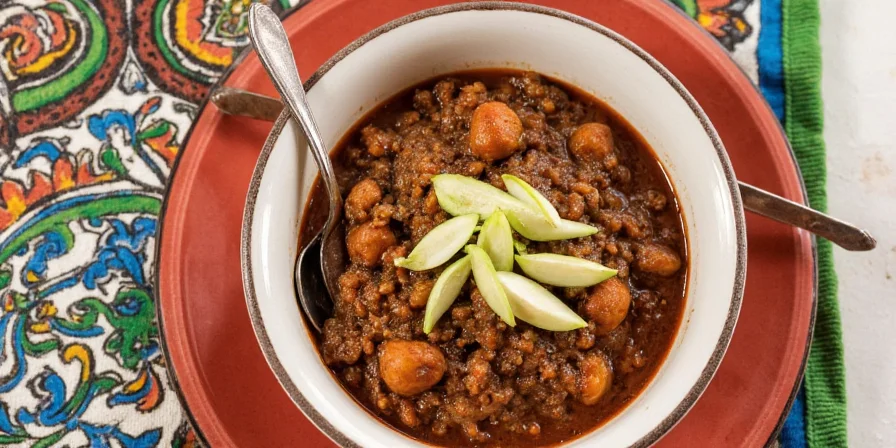
Conclusion: Spice Up Your Life with African Flavors
African cuisine is more than just a meal—it’s an experience, a history lesson, and a global conversation told through taste. Whether you're savoring the warmth of a Moroccan tagine or sweating through a Ghanaian pepper soup, each bite tells a story shaped by trade routes, tribal traditions, and the ever-present dance of spices.
So why not take your palate on a journey? Try one of the recipes mentioned above, play around with spice combinations, and embrace the bold, beautiful flavors of Africa. You might just find your new favorite dish… or at least a killer spice mix for your next dinner party.
Remember: When it comes to African spices, there’s no room for fear—only flavor. Now go forth and spice responsibly!
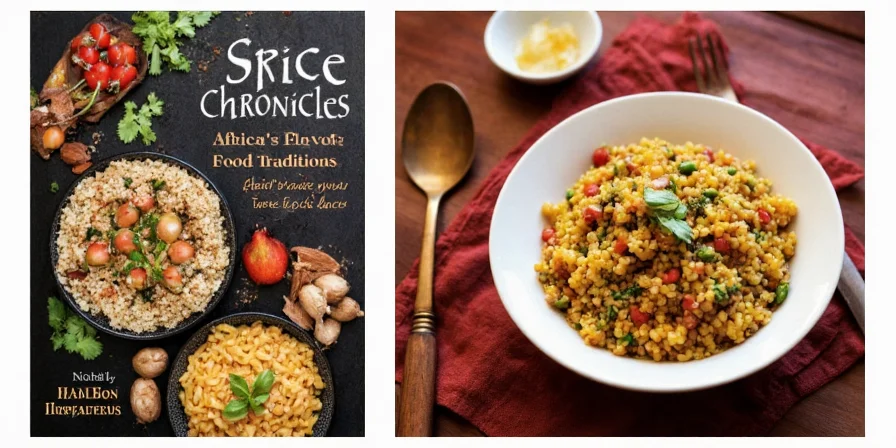

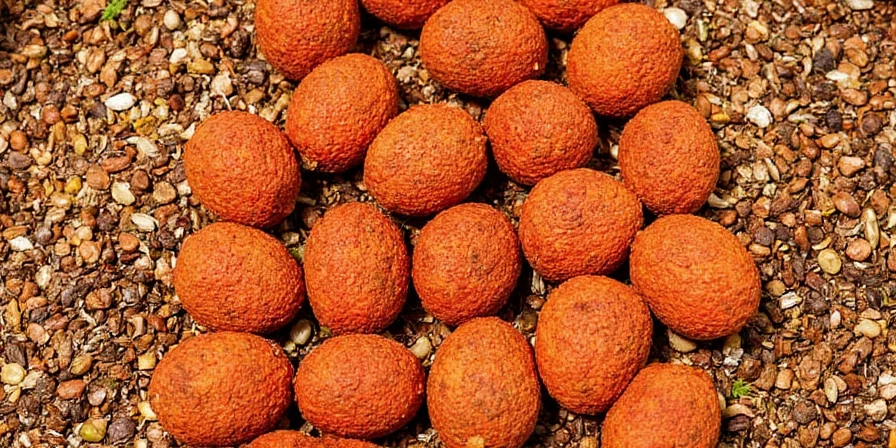









 浙公网安备
33010002000092号
浙公网安备
33010002000092号 浙B2-20120091-4
浙B2-20120091-4